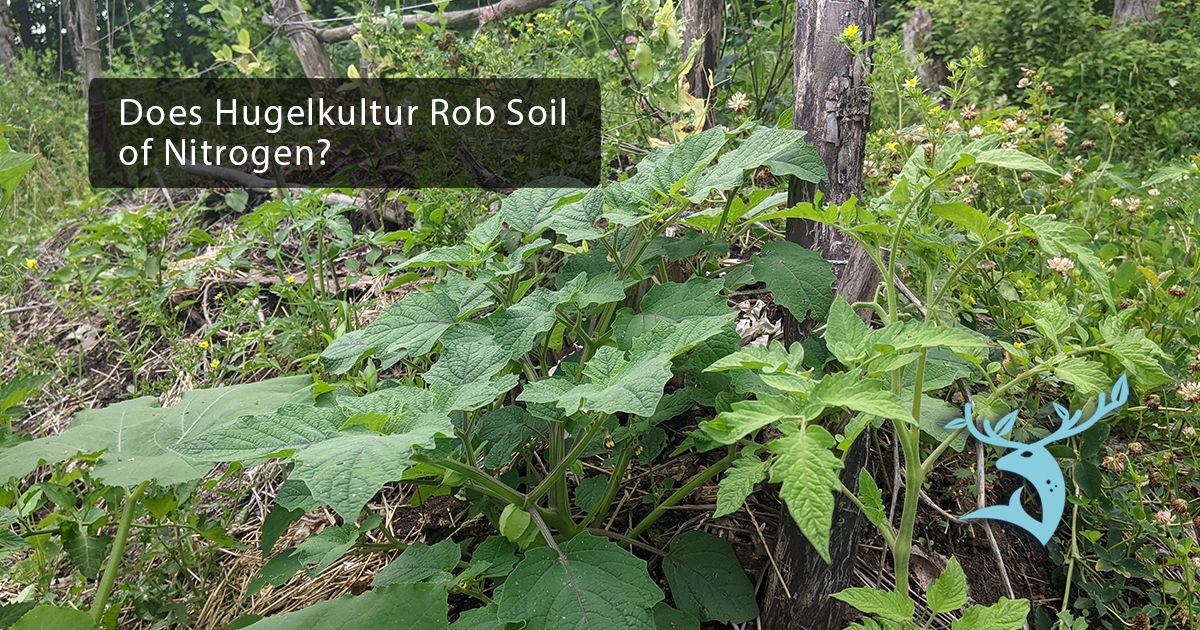We've been creating our garden for about three years now and have purchased a great deal of compost. In that three years the price for compost has gone from about 4p a litre to 14p a litre. It's just too expensive now.
We have got a fair amount of garden compost, and a big container full of cow manure rotting down. But this is needed for topping up our existing beds and tubs.
I've purchased 10 x 80L containers for growing beans and squash in a sun trap area at the front of the house. It's a gravel surface, so whilst I can remove the gravel and put down some sugar and manure before putting the containers on top, I do need those containers to provide a decent depth of soil.
So, what do I fill them with? I'm thinking:
1. It's autumn, so there should be plenty of leaves around. I thought I'd put a thick layer of these at the bottom of the tubs for water retention. Perhaps along with some torn up cardboard.
2. I have access to as much horse/cow manure as I want - some of it is reasonably well rotted, but not completely. I thought I'd add a good, thick layer of this next.
3. Finally, a mix of garden compost and coir (I purchased a big batch of this last year) to create a layer of perhaps 4 inches on top?
I have some wallflower and pansy seedlings so I thought I'd plant them in the container now for some winter colour. Am I correct in thinking that my containers should be in good shape for squash and beans by June? I thought I might add some worm castings at this point.
We have got a fair amount of garden compost, and a big container full of cow manure rotting down. But this is needed for topping up our existing beds and tubs.
I've purchased 10 x 80L containers for growing beans and squash in a sun trap area at the front of the house. It's a gravel surface, so whilst I can remove the gravel and put down some sugar and manure before putting the containers on top, I do need those containers to provide a decent depth of soil.
So, what do I fill them with? I'm thinking:
1. It's autumn, so there should be plenty of leaves around. I thought I'd put a thick layer of these at the bottom of the tubs for water retention. Perhaps along with some torn up cardboard.
2. I have access to as much horse/cow manure as I want - some of it is reasonably well rotted, but not completely. I thought I'd add a good, thick layer of this next.
3. Finally, a mix of garden compost and coir (I purchased a big batch of this last year) to create a layer of perhaps 4 inches on top?
I have some wallflower and pansy seedlings so I thought I'd plant them in the container now for some winter colour. Am I correct in thinking that my containers should be in good shape for squash and beans by June? I thought I might add some worm castings at this point.



